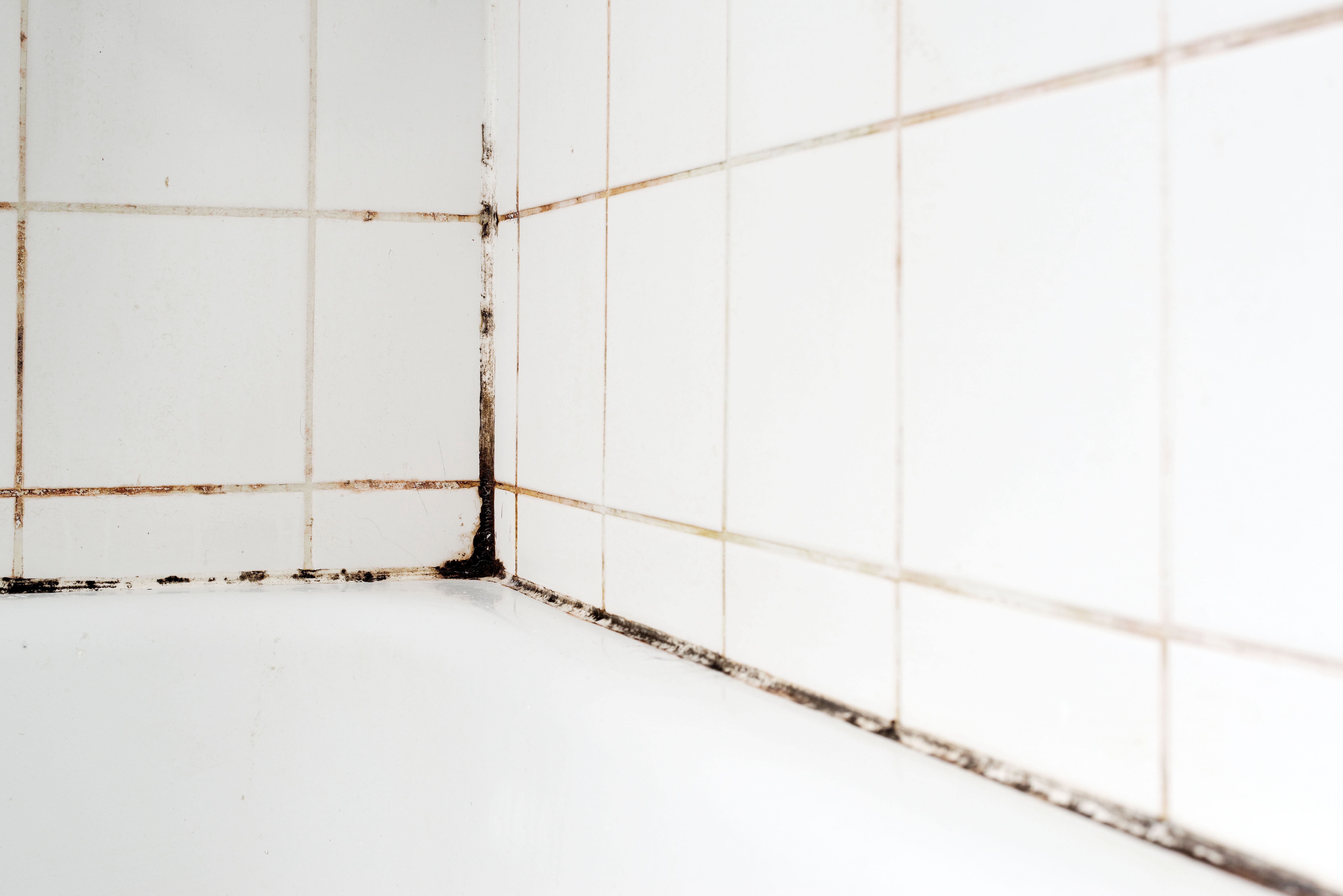Mold Risks After Hurricanes Helene and Milton: An Expert Perspective

Mold after hurricane or storm
After Hurricanes Helene and Milton hit Florida, the aftermath left many grappling with severe water damage due to flooding and storm surges. Furthermore, compromised roofs allowed rainwater to seep into homes unnoticed. In the chaotic scramble to address these damages, many homeowners opted for DIY cleanups with the help of friends and relatives, rather than professional services.
In the wake of flooding, a pivotal step for mold prevention involves the immediate removal of impacted materials, particularly drywall. Experts, including Naresh Kumar from the University of Miami who specializes in the health implications of hurricane-induced flooding, emphasize the urgency of stripping away drywall that has come into contact with water. It is recommended that removal extends a couple of feet above the water line to ensure all potentially compromised material is discarded.

Following the extraction of wet drywall, wood, and fibers, it is essential to expedite the drying of the affected area. Using fans can significantly help in reducing moisture levels. Kumar points out the risks of delaying this process: if the area remains damp for three to seven days, mold spores are likely to emerge. For effective drying, it's advised to open windows and doors to enhance airflow, rather than relying solely on air conditioning.
While many homeowners may opt for a do-it-yourself approach to flood remediation, hiring a professional restoration company ensures that these crucial steps are carried out thoroughly and efficiently, mitigating the risk of mold growth and further damage.
The Stealthy Threat of Mold
The subtropical climate of Florida, coupled with the aftermath of a hurricane, creates an ideal breeding ground for mold. Mold can start to develop within just 24 to 48 hours after exposure to moisture and will continue to grow until the source of the moisture is eliminated. Ebrahim Ahmadisharaf, an assistant professor at the FAMU-FSU College of Engineering’s Resilient Infrastructure and Disaster Response Center (RIDER), leads a research team that studies the serious impact of water damage from storms and flooding on mold growth in homes, emphasizing the detrimental effects on indoor air quality and respiratory health. Their investigations are concentrated in flood-prone areas like New Orleans and South Florida, where they identify key factors that promote mold proliferation after such events and explore their links to respiratory conditions like asthma.

Invisible Mold: A Hidden Danger
While visible mold is easily recognizable by its unsightly spots on walls or around exhaust fans, invisible mold poses a more deceptive threat. This type of mold can circulate unseen in the air, leading to respiratory problems and prolonged health issues without the homeowners' knowledge. Ahmadisharaf's research focuses on the correlation between mold proliferation and its impact on health, particularly asthma and allergies, providing crucial insights into the invisible dangers of post-hurricane mold.
Historically, mold proliferation has been observed following significant storms leading to flooding and extensive water damage across residential areas. For instance, in the aftermath of Hurricane Katrina in 2005, a study conducted by the US Centers for Disease Control and Prevention examined 112 flood-damaged homes in New Orleans and discovered that almost fifty percent exhibited visible mold growth. Further research by Johnson has demonstrated a correlation between rising temperatures, increased levels of precipitation, and the augmentation of mold spores in the atmosphere.

Mold, a type of fungi, has been an essential component of the natural environment for millions of years, playing a crucial role outdoors in the decomposition of organic materials like fallen trees and leaves. However, when present indoors, mold poses significant health risks, particularly to children, individuals with allergies or asthma, and those with compromised immune systems.

Why DIY Mold Remediation Often Fails
Many residents, underestimating the severity of mold, attempt to handle remediation on their own. This can lead to insufficient cleaning and drying, especially in areas that are not visible or accessible. Mold thrives in damp environments, and without the proper equipment and expertise, it's nearly impossible for homeowners to completely eradicate it. The use of non-professional drying tools and the lack of thoroughness can allow mold to grow unchecked, leading to potential structural damage and significant health risks.
Professional Intervention: A Necessity, Not a Luxury
After a hurricane, professional mold remediation becomes crucial. Experts like those at WeDry USA have the tools and knowledge to effectively identify, assess, and eliminate mold growth. They understand the science behind mold proliferation and are equipped with industrial-grade dehumidifiers and fans that ensure a thorough drying of the home. This is not just about cleaning up; it's about safeguarding your health and ensuring the structural integrity of your property.
Professionals also assess the moisture content in walls, floors, and ceilings to ensure no residual dampness remains that could foster future mold growth. By addressing these issues promptly and efficiently, homeowners can prevent the long-term health effects associated with mold exposure, such as respiratory conditions, allergies, and more serious diseases.
Conclusion
The aftermath of Hurricanes Helene and Milton has underscored the critical need for awareness about mold risks in flood-affected areas. As we face the reality of more frequent and intense weather events, understanding the importance of professional mold remediation is paramount. Homeowners are urged to prioritize their health and safety by seeking expert assistance to effectively combat mold and prevent its return, ensuring their homes remain safe and clean sanctuaries after the storm.
Sources:
1. How wetter storms drive mold-related health issues as Hurricane Ian’s anniversary approaches. Partnership Journalism | August 7, 2023 https://www.climatecentral.org/partnership-journalism/how-wetter-storms-drive-mold-related-health-issues-as-hurricane-ians
2. Five Questions: FAMU-FSU professor uncovers the impacts of hurricane flooding on mold growth. Florida State University News |


